20 Giant Bur Reed Seeds – Sparganium Eurycarpum, Wetland Native, White Flowers, Ideal for Ponds & Marshes, Wildlife Friendly
$3.59
Giant Bur Reed seeds – 20 seeds of Sparganium Eurycarpum, ideal for wetland areas, providing beautiful white flowers and wildlife benefits.
Shipping and Return policies:
We stand behind our plants with our Alive & Thrive Guarantee. If you experience any issues within the first 30 days, please email us, and our team will be happy to help. When needed, we’ll send you a one-time replacement free of charge to make sure your garden keeps growing strong.
Reasonable Price
We offer reasonable price
Support 24/7
Contact us 24 hrs a day100% Money Back
You’ve 30 days to ReturnPayment Secure
100% secure paymentDiscover the Giant Bur Reed
Add beauty and function to your wetland areas with 20 Giant Bur Reed Seeds of Sparganium Eurycarpum. This native North American plant is a tall, grass-like aquatic species that thrives in marshes, swamps, ponds, and flood plains. Growing to a height of 36-48 inches, it provides vertical structure and ecological value to your landscape.
Attractive Features
The Giant Bur Reed produces stunning lime-green to yellow flower clusters that bloom into fuzzy white flowers from June to August. As the season progresses, the flowers develop into unique bur-shaped seed heads, adding autumn interest to your garden. These plants are not only visually appealing but also serve as a vital food source for waterfowl and other wildlife.
Key Benefits
- Ideal for Wetlands: Thrives in wet, marshy soils, perfect for naturalizing around ponds.
- Wildlife Friendly: Provides winter food for ducks and other water birds.
- Low Maintenance: Hardy and requires little care once established.
Growing Conditions
Giant Bur Reed prefers constantly wet soil and full sun. It is suitable for USDA Zones 5-9, making it adaptable to various wetland conditions. Whether you are restoring a wetland or creating a wildlife habitat, these seeds are an excellent choice.
FAQs
- How do I plant Giant Bur Reed seeds? Sow directly into wet soil or stratify to enhance germination.
- Can it grow in standing water? Yes, it thrives in waterlogged soils along pond edges.
- Is it beneficial for wildlife? Yes, its seeds provide food for water birds, and muskrats eat the rhizomes.
- How tall does it grow? Typically between 36 and 48 inches.
- Is it easy to maintain? Yes, it is low-maintenance once established.
3 reviews for 20 Giant Bur Reed Seeds – Sparganium Eurycarpum, Wetland Native, White Flowers, Ideal for Ponds & Marshes, Wildlife Friendly
Add a review
You must be logged in to post a review.











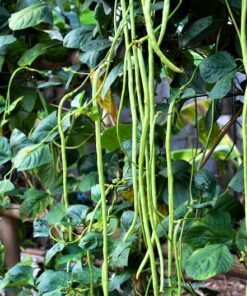

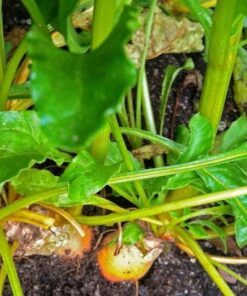

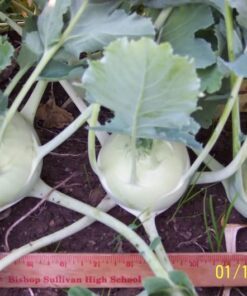

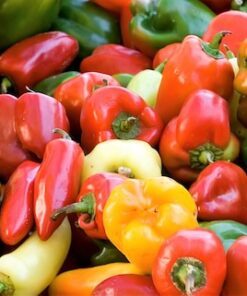

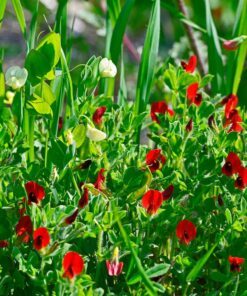

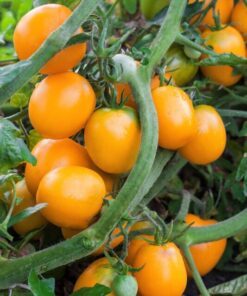

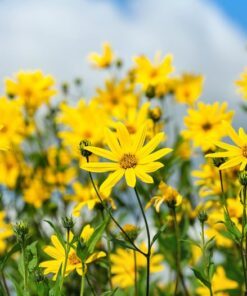


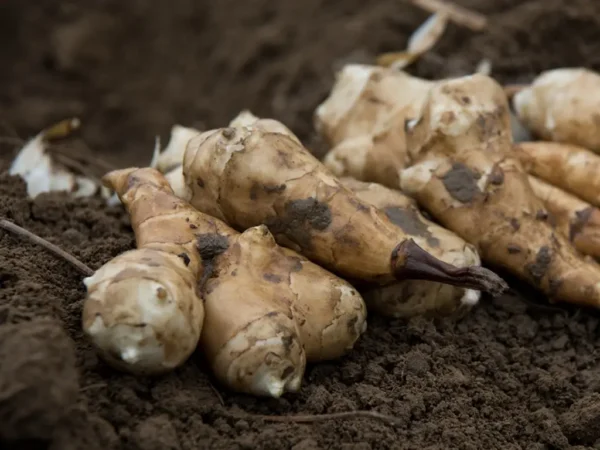
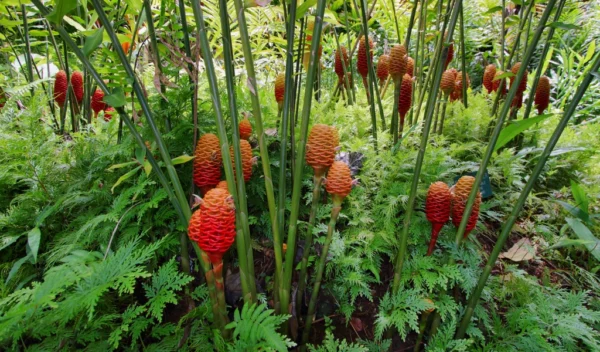
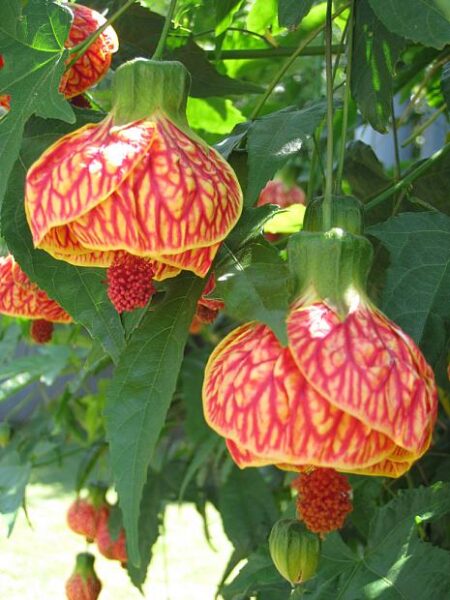
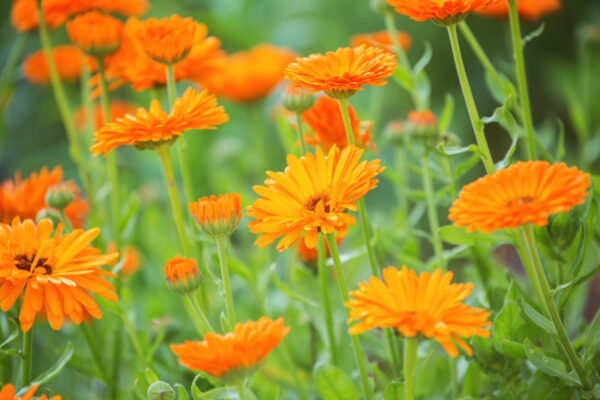
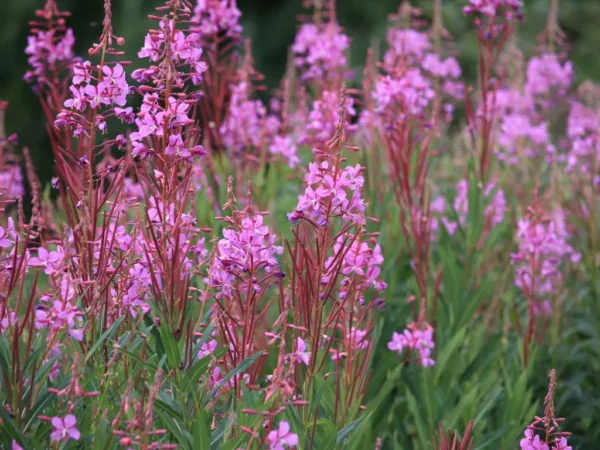
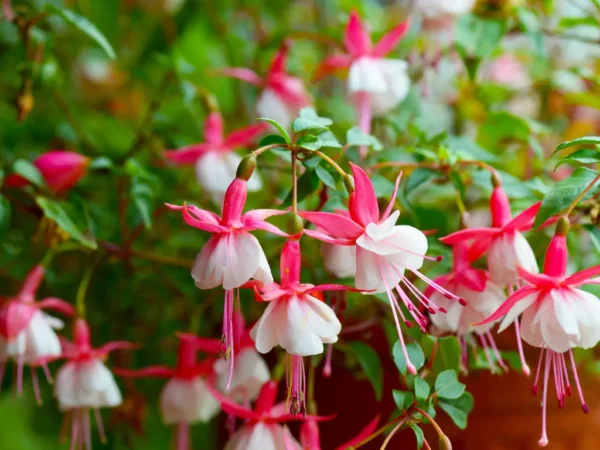
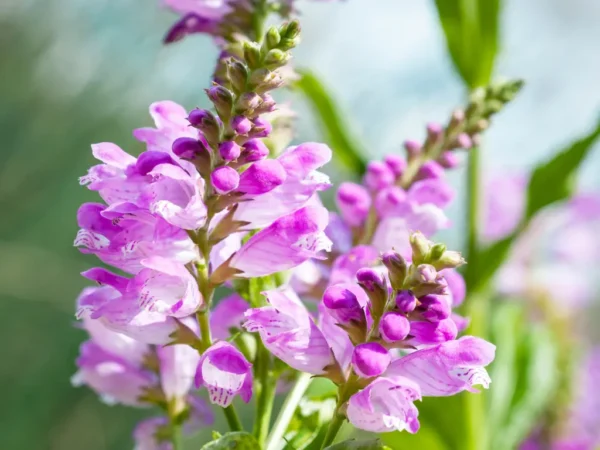

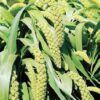

ajehly –
Shipped quickly — very tiny seeds so they were an interesting one to handle. Took a little while to germinate, due to cooler weather, but they are finally coming up and looking good so far.
ajehly –
Shipped quickly – really tiny seeds, so they were interesting to handle, and took a bit of time to germinate due to our cooler weather, but they are coming up nicely now!
Lynn McGreevey –
Came quickly! Thank you, so much!